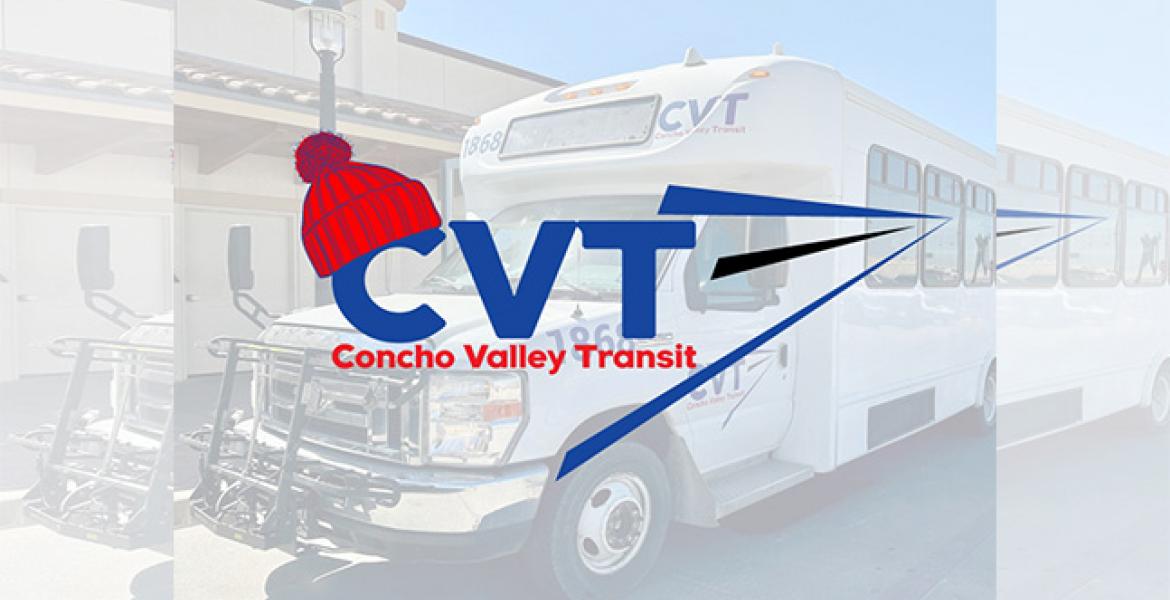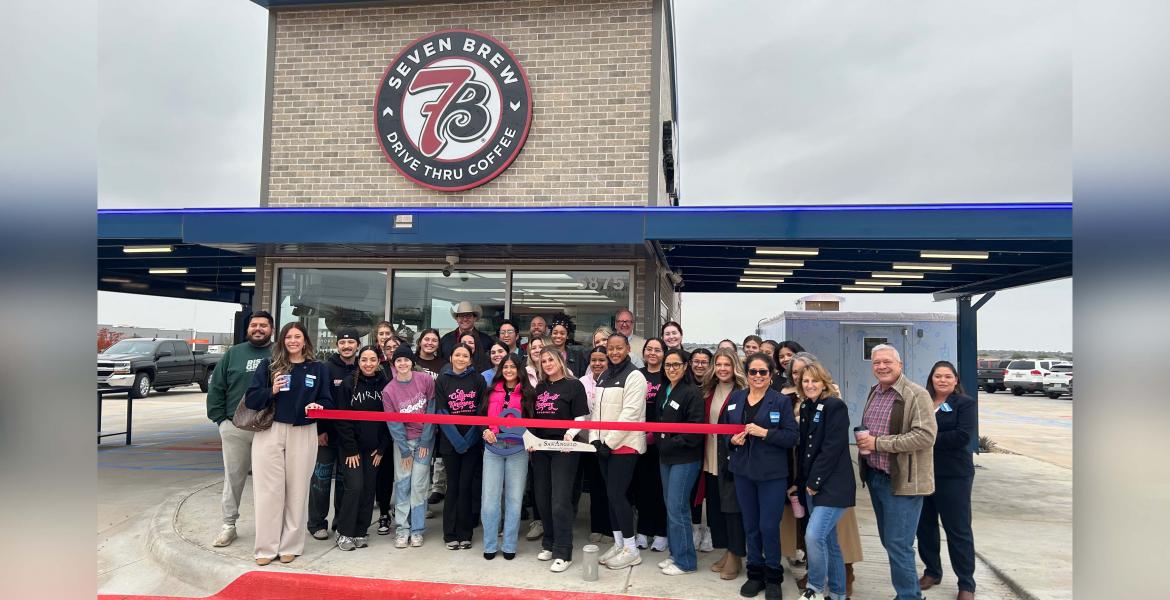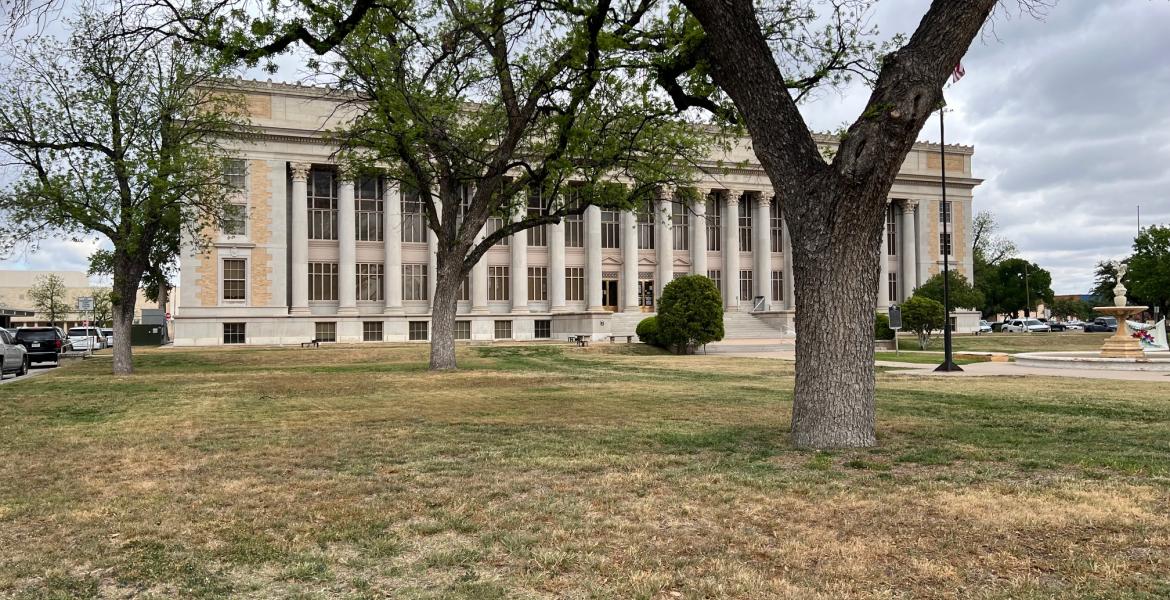In the last City Council meeting, Chief Tim Vasquez, in his discussions about the difficulties of adding an ordinance to keep sex offenders from certain areas of the city, mentioned the high number of halfway houses within the City of San Angelo. These places of transition back to civilian life take in parolees from various parts of the state, many of whom are also sex offenders.
"I'd like to get to the root of the problem," he said about finding out why so many sex offenders choose San Angelo. Although there appears to be a correlation to a lack of having a City of San Angelo ordinance restricting where sex offenders can live or congregate to the number of registered sex offenders living in an area, there appears to be a bigger issue, and that's why Vasquez brought this up.
To get to the root of the issue, San Angelo LIVE! set out to investigate the halfway houses, and the rules associated with them to see why so many non San Angeloans choose to come to the city to meet out the terms of their parole.
Unfortunately, that task caused a bit of confusion.
Overall, trying to understand the transition help of parolees back into society isn’t exactly black and white. There are many different types of transition help out there such as Halfway Houses, Sober Houses, Structured Sober Living Homes and Treatment Centers. But what do all these do and which clientele do they aid? This is where the information gets a bit gray.
Halfway Houses are places where people who have recently left a prison, mental hospital, or other form of institutionalization can live until they are considered ready to live by themselves. These houses are designed to facilitate a parolee's readjustment to private life.
Eric Sanchez, the Chief Executive Officer from ADACCV, provided his personal definition through experience and expertise on the definition of a Halfway House.
“Halfway Houses are a ‘transitional’ type of residence which helps the individual transition from one situation to the next…the ‘half way point’ if you will, before they reach their final destination or goal, which is to be completely self-sufficient," he explained. "For example, an inmate in prison who has been recently released would use a halfway house to help him/her transition from a lock up facility into independent living. The term halfway house is also a holdover from years ago when there were facilities or ‘homes’ where alcoholics and addicts could go to live while they ‘recovered’ from their addiction or alcoholism. These were more common in the past when there were usually very few, state-licensed treatment centers. These very informal ‘programs’ were categorized as halfway houses.”
John F. (he didn't want to use his last name), supervisor from the Hatchery Sober House in San Angelo, also provided his definition of a Halfway House.
“Typically designed for prisoners released on parole," he said. "They rarely have any structure of a significant nature and are just a transition from prison to the free world life.”
Sober Houses are facilities used by addicts recovering from substance abuse, which serve as an interim environment between rehab and a return to a person's former life.
Sanchez also provided his personal definition on Sober Houses and Structured Sober Living.
“Presently, sober-living homes are a more contemporary term for a ‘home’ or facility that has a strict ‘no drug or alcohol use’ policy, and they are intended to provide housing for a wide variety of residents who are working on a substance abuse recovery and who wish to strengthen their recovery by living with like-minded individuals in a setting where drugs and alcohol are not available and do not present a distraction and/or the temptation to use drugs or alcohol," he said. "Basically, sober-living homes are a residence to help in the recovery process. The resident usually pays rent and is responsible to remain drug/alcohol free. Sober living homes can be useful to persons who have completed a substance abuse treatment program, prison, or some other form of structured environment setting.”
John F. stated, “Sober Houses, or Self-Governing Sober Houses, these are homes where several people are there in recovery and self-manage their house. Then you have Structured Sober-Living where you have a monitor and director and more of a structure to make sure that there are no drugs on premises, curfews are kept, and that there is a robust recovery plan, meetings or other teachings.”
Here in San Angelo, the more known Houses that assist those in need in the above criteria are below along with some basic information:
The Adams House is an affordable drug and alcohol free independent living homes offering a home with no discrimination with minimum rules which rely on camaraderie and accountability. They work their 12-step process with a sponsor in relation to long term recovery.
- Rules
- No alcohol or drugs
- No violence
- Rooms kept clean and in a safe manner
- No loud noise from 10 p.m. to 10 a.m. with an 11p.m. curfew, Manager approval for exceptions
- Guests are permitted in public areas with Managers approval
- Rates
- $400 per month which includes utilities
- Rooms are double occupancy
- No lease is required
- Have a sober living agreement
Hatchery Sober House offers a Men’s and Women’s Facility which are separate environments and each contain structured programs – 90 day structured sober living environment with the 12-step program. No sex offenders are allowed, and those people on probation/parole are allowed as long as there is a no violence background
- Rules
- 5:30 a.m. wake up and 11 p.m. curfew
- 90-102 day of stay depending on recovery, decided on a case by case basis
- Alcohol and drug free environment
- Required compliance with house rules such as maintaining abstinence, paying rent and other fees, participating in house chores and attend meetings
Sara’s House is a substance abuse treatment service with residential short-term treatment (30 days or less) and long-term treatment (more than 30 days). It supports primarily women, pregnant/postpartum women, and has residential beds for children. The agency allows self-payment and payment assistance.
William's House offers residential short and long-term treatment where the client will reside at the facility. The length of stay can be less than 30 days to over 30 days, months or even years. The facility only offers male only substance abuse programs and takes those individuals with sex and violent offenses. It also accepts parolees with electronic monitors.
- Funding
- Medicaid funded programs using the Medicaid funds to pay for treatment
- Self-payment either paid by cash or credit card for services rendered
- Sliding Fee Scale basing the cost of the program on a client’s ability to pay
- Payment assistance offering subsidized payment of program by way of alternative funding sources
These various houses seem to have the same common goal of helping those in need but have various ways of going about the help. Each house has different requirements, has a different criteria of acceptance, and each seem to have a different way of living. All these seem to be the cause of confusion which disrupts the system in getting people the help they need. People seem to either fall through the cracks, don't get the proper help needed for the issues they hold or get lost in system as they continue to relapse. It's possible this confusion plays a role in why so many parolees make their way to San Angelo.
This is the first part of a continuing series about why so many people choose to relocate to San Angelo to satisfy their parole requirements.
Subscribe to the LIVE! Daily
Required






Post a comment to this article here: